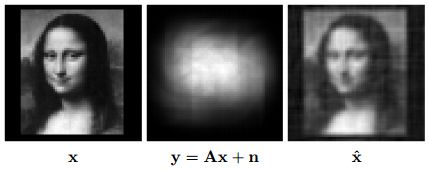Rambus, an innovative tech-specialized company, has been developing a lensless camera. Tech investigators Patrick Gill and David Stork were granted a Best Paper Award at 2013’s Sencomm for their impeccable imaging research when they showcased the camera and the extent of its functionality. At the most recent Mobile World’s Congress, Gill and Stork presented the tiny lensless camera and explained how this device could be used to give practically any electronic device new visual insight.
The camera’s composition is basically efficient. It contains a small CMOS imager chip that is embedded in a shard of glass. The internal imager receives the light and reads it, processing it through a customized algorithm that Rambus has created. The algorithm translates it into an image. The pattern present on the glass and chip is surprisingly around the size of a sentence’s period. 
The custom-built etched patterns enable the light to strategically get refracted in many different directions when it goes through the glass. The images that appear would normally be unrecognizable to the naked eye, but with the algorithm, the refraction reformulates the light that is transmitted to transform into a detectable image. The above image of the Mona Lisa on the left shows the original image inputted. The image shows image sensing and computational reconstruction of the Mona Lisa from a sensor that is lensless, phase antisymmetrical spiral phase grating. The middle image shows the response of the photodetectors that occur with the six-fold grating. The right image shows the reconfiguration of the light that reassembles the image.
The impetus of this camera is to demonstrate that cameras do not have to be massive in size in order to perform. Even though Rambus’ camera has a resolution of 128 x 128 and the images are not exactly clear, this innovation will make other inventions possible. The resolution will surely increase, and this tech will find its way into many applications. Motion-sensing devices could be enabled with these tiny chips. With an extremely low cost per chip, the sky’s the limit for the possibilities; this tech can feasibly be embedded into clothing, security systems, personal surveillance cameras, mirrors, and a variety of other gadgets.
Story via Phys.org
Advertisement
Learn more about Electronic Products Magazine






